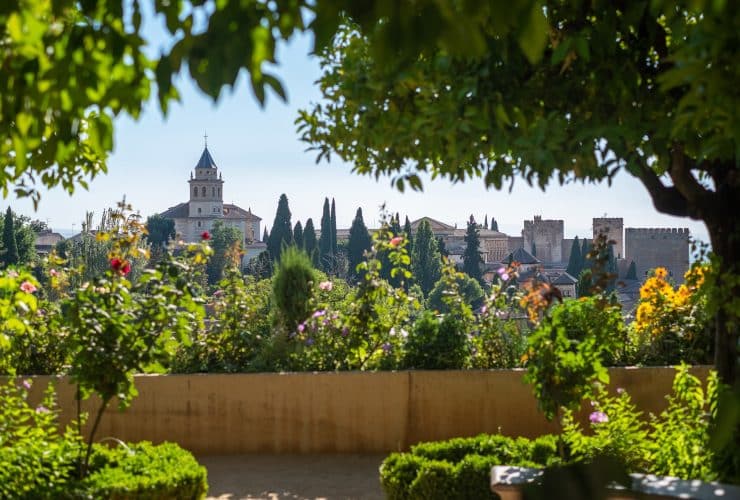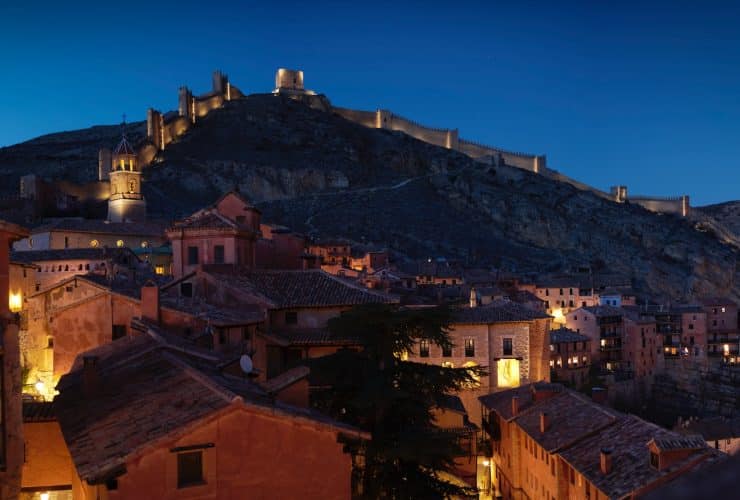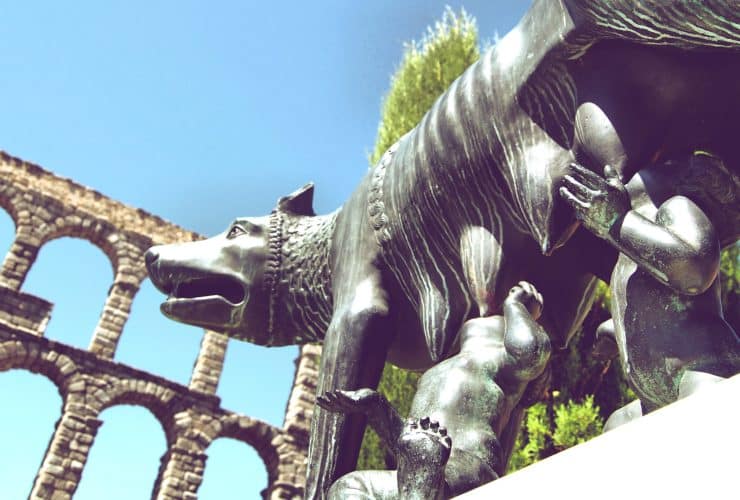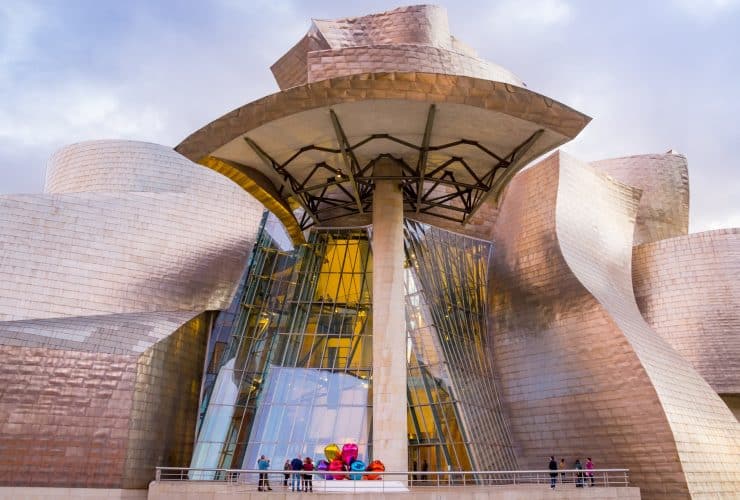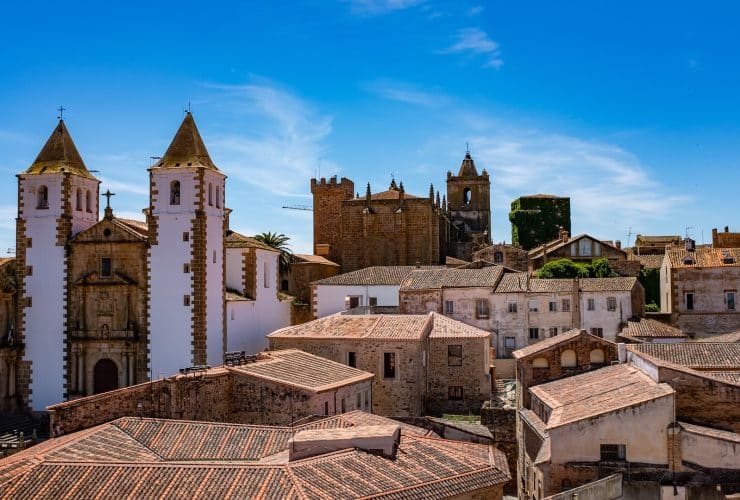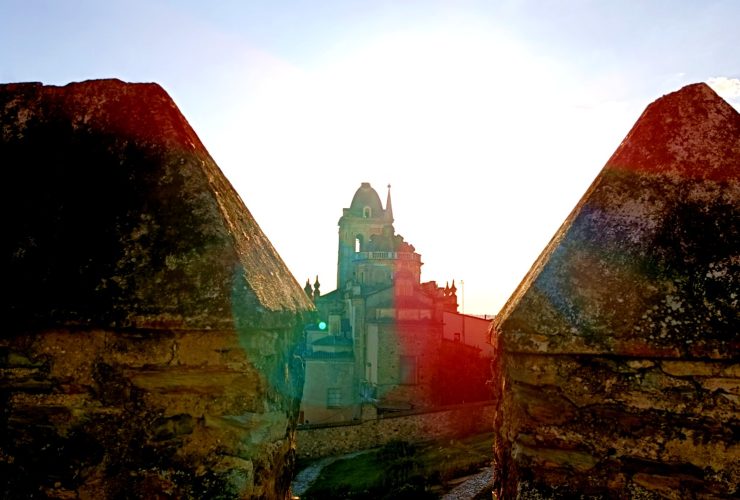During the height of the Muslim era in Spain, or rather Al-Andalus, which lasted from the 8th to the 15th centuries, the Iberian Peninsula became a beacon of cultural, scientific, and architectural advancements. The region flourished remarkably, with cities transforming into epicenters of knowledge and diversity. Unlike the subsequent Reconquista period, which was marked by religious intolerance, this era saw Muslims, ...
Throughout history, city walls have played a significant role in the defense and development of urban areas across Europe. These imposing structures were meant to provide protection against external threats, aid in controlling the movement of people and goods, and eventually come to symbolize the might and prestige of the cities they encircled. In this blog post, we’ll talk about ...
During the height of the Roman Empire, the Iberian Peninsula played a crucial role in the expansion and consolidation of Rome’s influence. Iberia granted Rome access to trade routes and, even more importantly, valuable mineral resources. As a result, several important towns were founded or significantly flourished in present-day Spain and Portugal during Roman rule. This article discusses the best ...
Spain is a European country known for its rich cultural heritage, diverse history, and many museums. The country has produced some of the most prominent artists in history, including painters such as Pablo Picasso, Salvador Dalí, Diego Velázquez, and Francisco Goya. As a result, it is no surprise that art enthusiasts from around the world flock to Spain to experience ...
When it comes to European destinations, few countries can match Spain’s varied historical and cultural offerings. This Southern European country is home to 15 UNESCO World Heritage Cities. To give you an idea, we’re not talking about Heritage Sites but whole towns. Each of these World Heritage Cities in Spain is special due to its historical past, monuments, ancient ruins, ...
Jerez de Los Caballeros is a small town located in the Spanish region of Extremadura, about 75 kilometres south of Badajoz and very close to the border with Portugal and the province of Huelva. Built on two imposing hills next to the Ardila River, a tributary of the Guadiana, Jerez de Los Caballeros has been inhabited since prehistoric times, as ...



